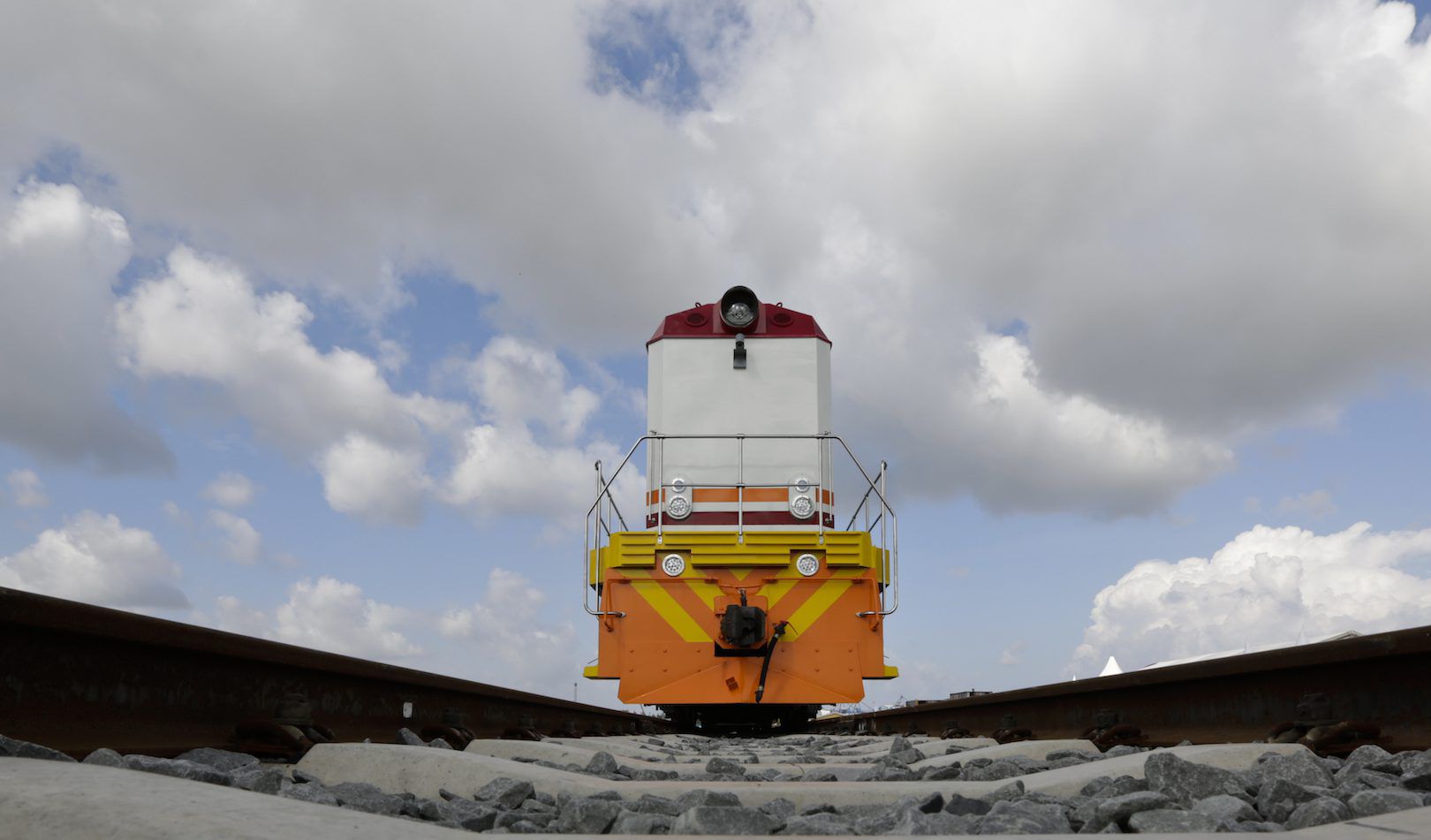President Yoweri Museveni stated in his State of the Nation Address on Thursday that the economic lifeline project – Standard Gauge Railway (SGR) , which would provide faster access to regional markets remain on hold for the foreseeable future.
Uganda is still committed to building the SGR, but pending “issues to resolve” about the project’s financing and its link to that of Kenya mean the Northern Corridor SGR plans are in tatters, for now.
It will not be until at least 2026 that the SGR will be in place.
Speaking to Parliament in Kampala, President Museveni had year-on-year flagged the modern railway, recommitted to need a good transport system but will immediate focus on repairing the old meter gauge railway.
The government will undertake to rehabilitate 42 railway wagons as well as repair bad spots along the Port-Bell-Kampala route that links with the central corridor.
With the European Union, Uganda will also jointly finance the revamping of its old-metre gauge railway leg from the eastern Uganda town of Tororo to Gulu in the north in the next four years. Once complete, the works will add some 400 km of the functional railway line to the national network. It will be managed by the renascent Uganda Railways Corporation.
Uganda boasts some 1,280 km of rail line, of which only about 275 (Malaba-Kampala) is currently operational, the rest lying dysfunctional.
The non-functional lines include: 504 km Tororo-Pakwach, 334 km Kampala-Kasese (of which only 6km-Kampala-Nalukolongo is functional), 171 km Mbulambuti-Busembatia, 9 Km Port Bell-Kampala, and 10 km of industrial branches to Jinja port and Tororo cement factory in Jinja and Tororo respectively.
However, the downside for Kampala is that the tonnage that the metre gauge carries is way below that by the SGR when it comes to cargo.
Despite project remains a long way from taking shape, Mr Museveni is opportunistic that the modernization of the railway system by building the Standard Gauge Railway will bring down the cost of transport per 40ft container from US$3,456 by road to US$1,800per container using the Standard Gauge railway.
It would link Kenya’s coastal Mombasa city via Uganda and connect to both Rwanda and South Sudan. Whereas Kenya built and has in operation the Mombasa-Nairobi SGR, Uganda, which requires $2.3b (Shs8.6 trillion), has not put in place a single rail sleeper.
But a February news that China was unwilling to finance the Naivasha-Malaba section of the SGR has meant plans to dramatically reduce costs of hauling imports and exports remain wet in the wing.
Even by repairing the old meter gauge railway, he told the country that the cost of transport will down to US$2,016.
Uganda’s GDP increases
Uganda’s Gross Domestic Product per capita is now equivalent to USD 800, this afternoon.
Uganda’s Gross Domestic Product per capita was last recorded at USD 666.61 in 2017. It averaged 439.43 USD from 1982 until 2017, reaching an all-time high of 666.61 USD in 2017 and a record low of 272.70 USD in 1986.
President Museveni said he was delighted with the growth of the Country’s Per capita Income, even though it is still below the rate required to attain the middle income status. He said Uganda is the only country in Africa which has registered highest economic growth without minerals and oil.
He said that the Government is prioritizing the industrial parks which will result into creation of new jobs. The total of factories in Uganda is now 4900, from 8o-factories that existed at the time the Uganda Manufacturers Association was created.
He added that the government will focus on modernizing agriculture with promotion of cash crops such as coffee, in the spirit of increasing foreign revenue.











